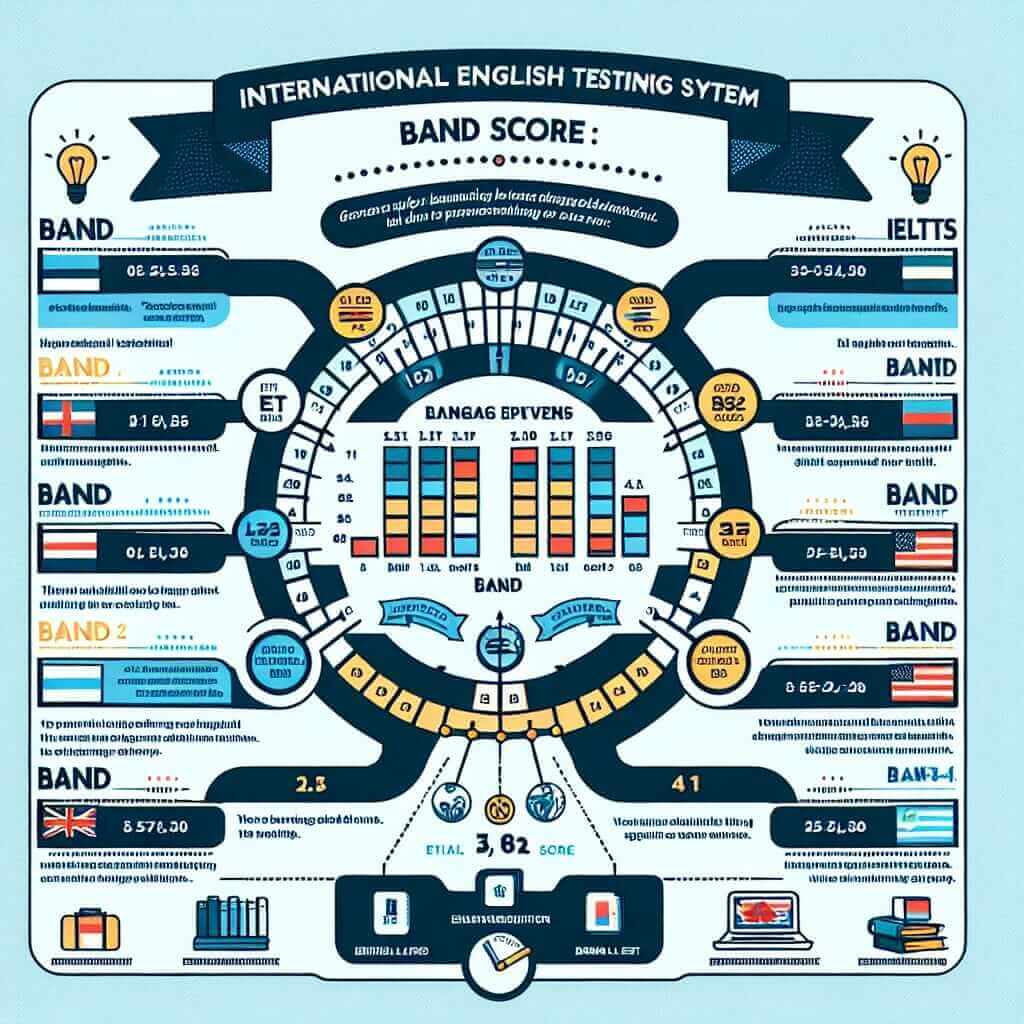As an IELTS instructor with over two decades of experience, I often get asked: “What are the examiners looking for in my writing?” It’s a question that plagues every IELTS candidate, but understanding the assessment criteria can significantly improve your score.
Table Of Contents
The IELTS Writing test, unlike a casual conversation, has a structured evaluation process. Let’s break down what examiners look for and how you can meet their expectations.
The Four Pillars of IELTS Writing Assessment
Whether you’re tackling Task 1 (describing graphs or diagrams) or Task 2 (essay writing), four key elements determine your band score:
1. Task Achievement/Response
This criterion assesses how effectively you address the task prompt.
For Task 1:
- Have you accurately summarized the key features presented in the visual information?
- Have you avoided including irrelevant information or personal opinions?
- Have you maintained a clear and organized presentation of data?
For Task 2:
- Have you fully addressed all parts of the essay question?
- Have you presented a clear and well-developed position on the topic?
- Have you provided relevant supporting arguments and examples?
2. Coherence and Cohesion
This criterion focuses on the clarity and flow of your writing.
- Coherence: Does your writing have a logical structure? Are your ideas easy to follow and understand?
- Cohesion: Do you use linking words (e.g., however, therefore, in addition) and other cohesive devices (e.g., pronouns, synonyms) effectively to connect your ideas smoothly?
3. Lexical Resource
This criterion examines your vocabulary range and accuracy.
- Range: Do you use a variety of vocabulary relevant to the topic?
- Accuracy: Do you use words correctly in the given context?
- Spelling: Are your spellings accurate?
4. Grammatical Range and Accuracy
Examiners assess your ability to use a variety of grammatical structures accurately.
- Range: Do you use a mix of simple and complex sentences? Can you showcase a variety of grammatical structures?
- Accuracy: Are your sentences grammatically correct? Do you avoid common errors in tense, subject-verb agreement, and word order?
Illustrative Examples from Real IELTS Writing Tasks
Let’s see how these assessment criteria apply to real IELTS tasks:
Task 1 Example:
- Prompt: The graph below shows the percentage of households with internet access in a particular country from 2000 to 2020.
A high-scoring response would accurately describe the trends shown in the graph, highlighting key figures and avoiding speculation. The writing would be well-organized, using cohesive devices to connect information smoothly. The writer would demonstrate a good range of vocabulary related to technology and data interpretation, using grammatically accurate sentences.
 internet access graph
internet access graph
Task 2 Example:
- Prompt: Some people believe that the government should invest more money in public transportation, while others think that it should prioritize spending on roads. Discuss both views and give your own opinion.
A high-scoring essay would present a balanced discussion of both sides of the argument, supporting each viewpoint with relevant reasons and examples. The writer’s own opinion would be clearly stated and justified. The essay would be well-structured with clear paragraphs, using a variety of linking words and phrases to enhance cohesion. The writer would demonstrate a wide range of vocabulary and grammatical structures accurately.
Tips to Enhance Your IELTS Writing Score
- Understand the criteria: Familiarize yourself with the IELTS Writing band descriptors to understand what examiners expect at each band level.
- Practice regularly: The more you write, the better you’ll become at applying the assessment criteria.
- Get feedback: Have a teacher or tutor evaluate your writing and provide constructive criticism.
- Analyze model answers: Study high-scoring IELTS Writing samples to understand how to structure your responses and use language effectively.
- Read extensively: Reading widely will expose you to a variety of vocabulary and grammatical structures.
- Proofread carefully: Always leave time to review your writing for errors in grammar, spelling, and punctuation.
Conclusion
Remember, the IELTS Writing test is not about showcasing extraordinary vocabulary or complex sentence structures. It’s about communicating your ideas effectively and accurately. By understanding the assessment criteria and consistently applying the tips above, you can confidently approach the IELTS Writing section and achieve your desired band score.


